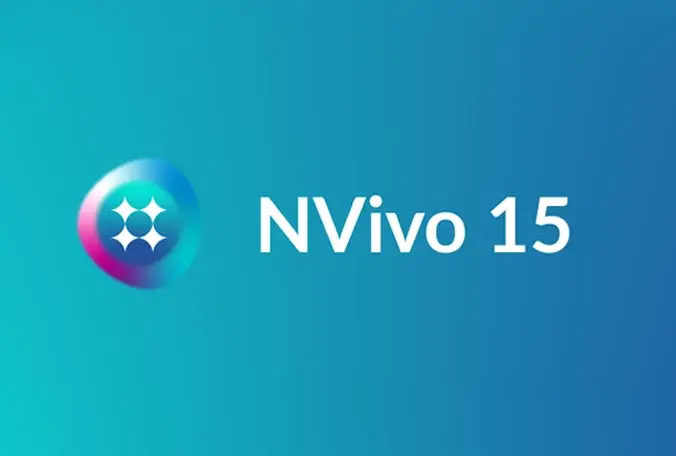Understanding Timestamps, Speaker Labels, and Verbatim Formats in Transcription
- Claude Annoh
- Sep 1
- 2 min read
When you get audio or video transcribed, you’ll often come across terms like timestamps, speaker labels, and verbatim. They might sound technical at first, but they’re really just helpful tools that make your transcript more useful. In this post, we’ll explain what they are, why they matter, and how to choose what works best for your needs.
What Are Timestamps in Transcription?
Timestamps indicate the time in the audio or video file at which a particular piece of dialogue occurs.
They're especially useful for:
Referencing specific moments in interviews, research, or legal depositions
Matching the transcript with the audio or video
Making things easier to follow, especially in videos
Common Timestamp Formats:
Periodic timestamps: Added at regular intervals (e.g., every 30 seconds or 1 minute)
Speaker-change timestamps: Added every time a new speaker begins
Sentence-level timestamps: Placed at the beginning of every sentence or major statement
Custom timestamps: Tailored to your project's specific requirements
Example:
[00:02:45] Interviewer: Can you walk me through your process?What Are Speaker Labels?
Speaker labels identify who is speaking in a transcript. This is really useful when:
You're working with interviews or focus groups
You need to keep track of who said what for legal or research purposes
You’re reviewing panel discussions or group conversations
Types of Speaker Labels:
Generic labels: Like Speaker 1, Speaker 2
Role-based labels: Like Interviewer, Respondent, Moderator
Named labels: Like Dr. Smith, Mr. Johnson (if you give us the names or they’re clear from the recording)
Example:
[00:05:13] Respondent: I usually start by analyzing the data trends.Tip: If you can tell us who the speakers are, your transcript will be clearer and more accurate.
What Is Verbatim Transcription?
Verbatim transcription captures exactly what was said, word-for-word, including all filler words, false starts, and utterances. It’s especially important for:
Legal transcripts, where accuracy is non-negotiable
Academic research, to preserve participant speech patterns
Language studies, where tone and speaking style matter
Types of Verbatim Formats:
Full Verbatim: Includes every utterance (e.g., "uh," "um," stutters, false starts, repetitions)
Clean Verbatim (also called intelligent verbatim): Removes fillers and non-essential verbal clutter for improved readability
Examples:
Full Verbatim: “Um, I—I think it’s, uh, kind of complicated, you know?”
Clean Verbatim: “I think it’s kind of complicated.”
Picking the Right Format for Your Project
Not every project requires full verbatim with timestamps and detailed speaker labels. Here’s a simple breakdown:
Project Type | What We Recommend |
Academic Interviews | Timestamps + Speaker Labels + Clean Verbatim |
Legal Depositions | Timestamps + Named Speaker Labels + Full Verbatim |
Podcast Transcripts | Speaker Labels + Clean Verbatim (optional timestamps) |
Focus Groups | Timestamps + Role-based Labels + Full Verbatim |
Market Research | Clean Verbatim + Optional Timestamps |
Wrapping Up
Knowing what timestamps, speaker labels, and verbatim formats mean helps you get exactly what you need from your transcript. At Qualtranscribe, we keep things flexible. Whether you want a clean, easy-to-read version or a detailed, word-for-word transcript, we’ve got you covered.
If you already have preferences or want something specific, just let us know when you place your order. We’re happy to help and make sure your transcript is clear, accurate, and useful. Contact us now.
Learn more: Explore Our Academic Transcription Services



